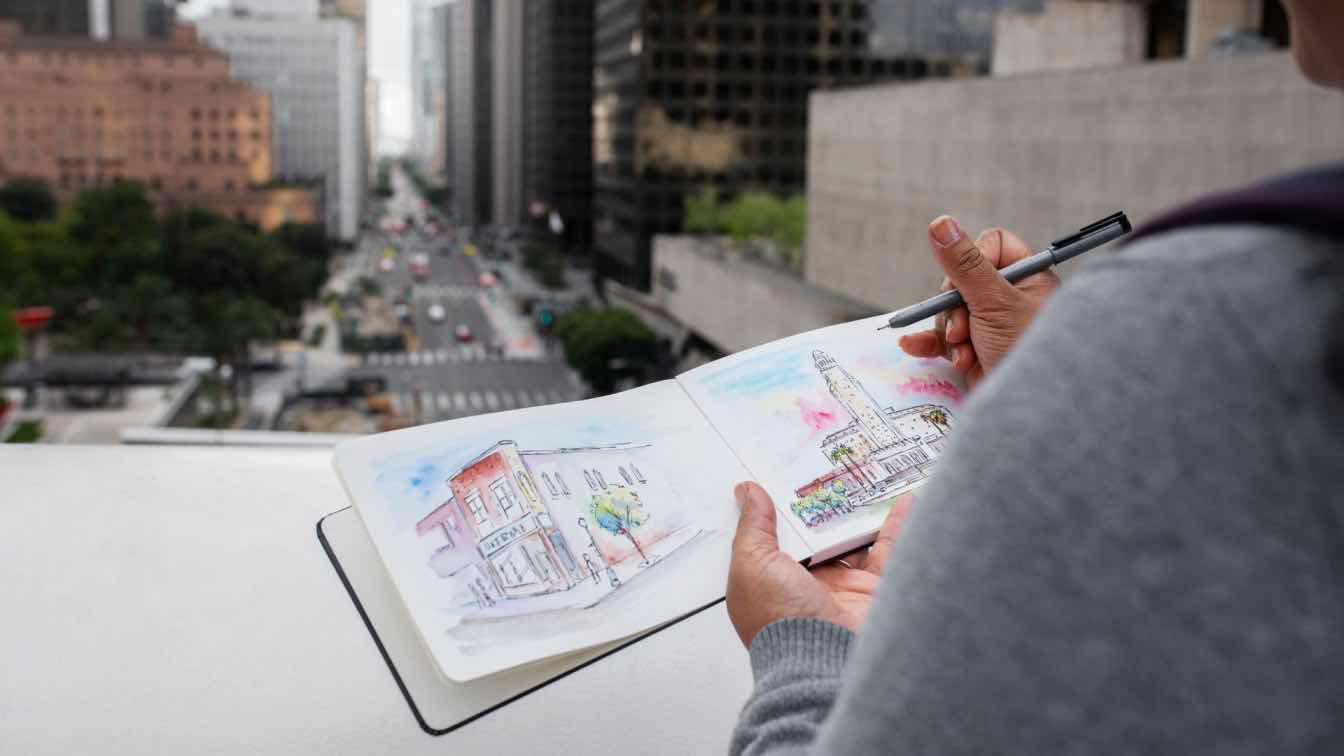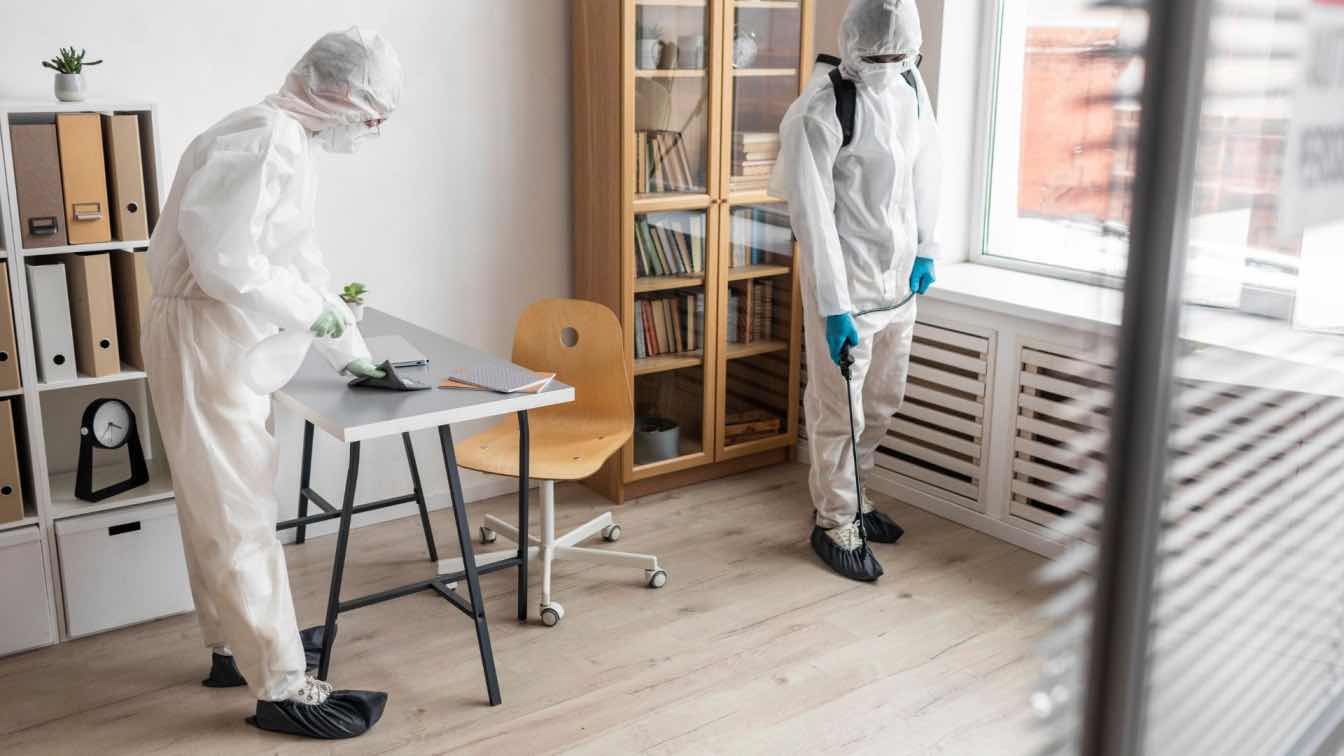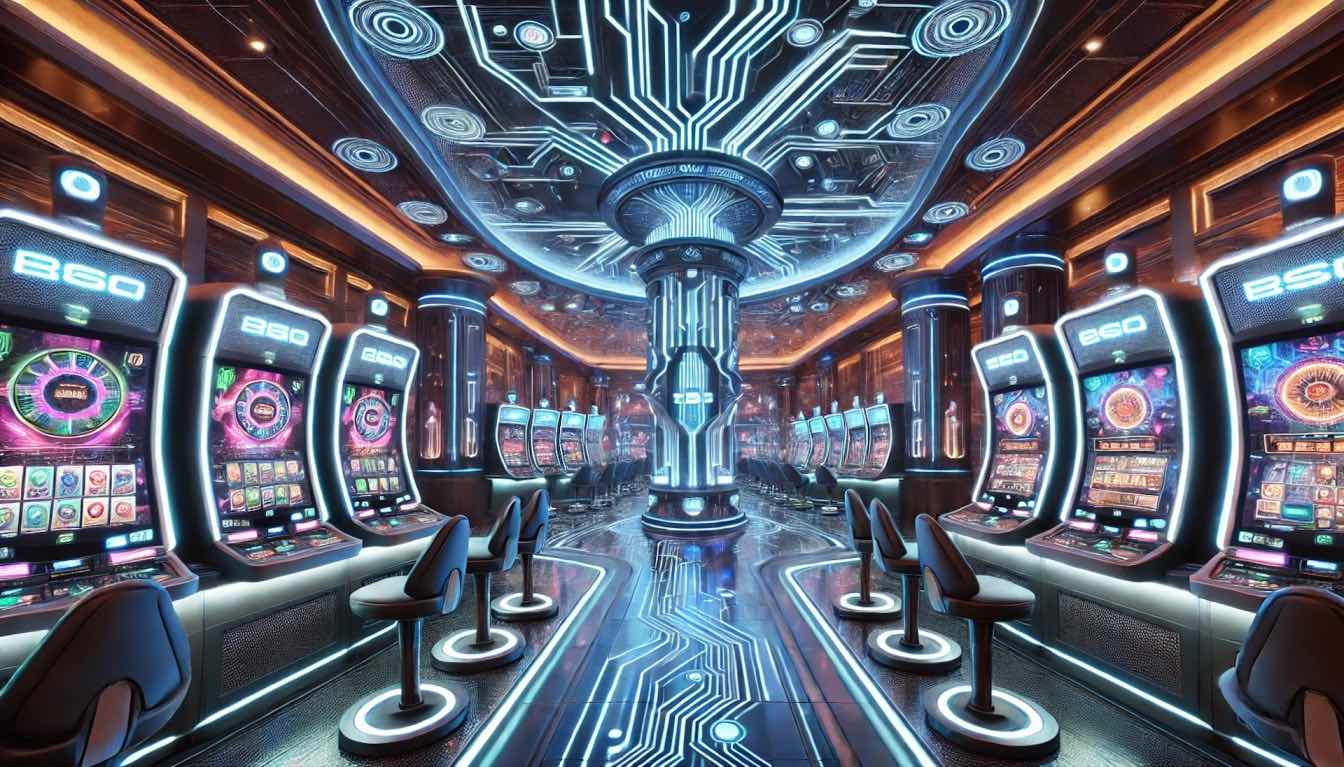Architecture is more than just creating buildings for beauty and function. It has the power to shape how we feel, think, and interact with the world around us. The spaces we live and work in can greatly affect our mental health and overall well-being. From the comfort of a small home to the majesty of a large public space, architecture deeply influences our emotions, actions, and state of mind. This article explores how architecture impacts mental health and well-being. It looks at the principles, design features, and strategies architects use to create spaces that promote positivity and connection.
The Psychology of Spaces
Architecture affects how we feel in subtle but powerful ways. The design of a space can create emotions like calmness, excitement, or even anxiety. For example, bright, open spaces with natural light often make people feel happy, while small, dark spaces can cause stress or discomfort.
Researchers in environmental psychology have studied how the design of spaces impacts behavior and emotions. They have found that people feel safer, more comfortable, and more productive in well-designed spaces that consider lighting, layout, and materials. The link between architecture and mental health is especially important today as cities grow and people spend more time indoors.
Natural Light and Mental Health
Natural light is a key part of architectural design that greatly affects mental health. Being exposed to natural light increases serotonin levels, which helps improve mood and reduce depression. Homes and offices with large windows, skylights, and outdoor spaces are not just beautiful—they are also good for mental health.
On the other hand, spaces without natural light can lead to conditions like Seasonal Affective Disorder (SAD) and other mood problems. Today, many architects focus on biophilic design. This approach includes natural elements like sunlight, plants, and outdoor views to create spaces that make people feel happier and more relaxed.
Architecture and Recreation
Architects also play a role in designing spaces for leisure and recreation, which are critical for mental health. Casinos, for example, combine elements of luxury, excitement, and social interaction to create spaces where people can unwind. While the design of such spaces often prioritizes entertainment, it’s essential to ensure that they remain safe and inviting.
Interestingly, while engaging in recreational activities such as choosing to play at Irish casinos might bring excitement, the architecture ensures that these environments do not overwhelm. Thoughtful design balances stimulation with comfort, allowing visitors to enjoy the experience without becoming overstimulated.
The Role of Colors
Colors have a strong effect on mood and emotions. Warm colors like red and yellow create feelings of energy and excitement. Cooler colors like blue and green make people feel relaxed and calm. Architects and designers choose colors carefully to match the purpose of a space.
For example, hospitals often use light greens or blues to make the environment peaceful. Schools may use bright colors to encourage creativity and focus. Picking the right colors is important to make sure a space supports the emotional needs of the people who use it.
Space and Layout: Encouraging Interaction or Privacy
The way spaces are organized affects how people interact and feel within them. Open-plan layouts encourage collaboration and communication, making them ideal for offices and social spaces. However, excessive openness without sufficient privacy options can lead to distractions or anxiety.
On the other hand, carefully designed private areas in homes, libraries, or hospitals can offer solitude and peace for individuals who need a break from overstimulation. Balancing communal and private spaces in architectural design can contribute to mental well-being by giving people options to connect or retreat as needed.
Green Spaces and Connection with Nature
Adding greenery and natural elements to buildings has great benefits for mental health. Parks, rooftop gardens, and indoor plants can lower stress, improve focus, and make people feel happier. Cities, often filled with concrete and steel, can feel overwhelming and lonely. Green spaces provide a peaceful escape where people can connect with nature. Ideas like "living walls," where plants grow on vertical surfaces, or water features in designs, bring calm and beauty to busy urban areas.
Acoustics: The Sound of Silence
Soundscapes play a vital role in architectural design, often overlooked in discussions about mental health. Excessive noise pollution can lead to stress, irritability, and even cognitive impairments. Architects consider the acoustics of a building to ensure a harmonious balance between sound and silence.
For example, libraries and meditation centers are designed with materials that absorb sound, creating a peaceful environment. Conversely, vibrant spaces like theaters or cafes may focus on amplifying energy through dynamic acoustics. Thoughtful sound design ensures that spaces serve their intended purpose without causing undue stress.
The Importance of Scale and Proportion
The scale and proportion of a building can significantly impact how individuals perceive and interact with a space. Oversized, grandiose structures can evoke feelings of awe and insignificance, while smaller, human-scale buildings create a sense of comfort and belonging.
Designers often consider scale when creating spaces for mental health facilities, homes, or schools, ensuring the environment is inviting and non-intimidating. Spaces that align with human proportions foster a sense of security and warmth.
Cultural and Social Contexts
Architecture doesn’t exist in a vacuum. It reflects the culture, values, and social needs of a community. Buildings that resonate with local traditions and aesthetics often promote a sense of pride and belonging.
In contrast, poorly designed spaces that disregard cultural identity can lead to alienation and discomfort. Architects working in diverse communities often engage with locals to ensure that their designs align with the cultural and emotional needs of the people they serve.
Architecture in the Digital Age
Modern technology is changing how architecture affects mental health. Smart homes and buildings with sensors, temperature controls, and mood lighting can adjust to meet people's needs, making spaces more comfortable and efficient.
Digital tools help architects test how a design will affect emotions before the building starts. This helps make sure spaces are both useful and emotionally supportive. While technology brings many benefits, it also has challenges. One concern is that it might make people depend too much on technology and reduce human connection.





